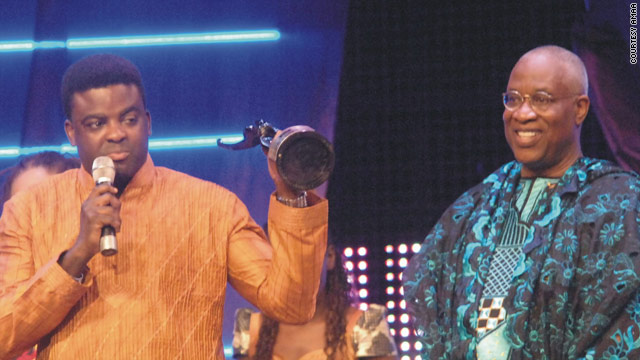Black Eyed Peas' 'I Gotta Feeling' Breaks Digital Sales Record
April 30, 2010 - Digital and Mobile
By Keith Caulfield, L.A.
The Black Eyed Peas continue to steamroll their way into the record books this week. The group's "I Gotta Feeling" surpasses Flo Rida's "Low" as the best-selling digital song of all time, according to Nielsen SoundScan.
SoundScan began tracking digital song sales in July of 2003, a little more than two months after Apple launched its popular iTunes Store.
Feeling," which spent 14 weeks at No. 1 on the Billboard Hot 100 chart last year, has now sold 5,561,000 million digital downloads, ahead of "Low's" 5,536,000. The latter had been the biggest selling song since March 2008, when it trumped Soulja Boy Tell'em's 2007 hit "Crank That."
Presently, the Peas own two out of the top five best-selling digital songs in history. Its other ubiquitous 2009 hit, "Boom Boom Pow," is in fourth place with 5,298,000. Behind Flo Rida is Lady Gaga's "Just Dance" (No. 3 with 5,364,000) and rounding out the top five is Gaga again with "Poker Face" (5,131,000).
Coincidentally, "Boom Boom Pow," "Poker Face," "Just Dance" and "I Gotta Feeling" ranked as the top four singles, respectively, on Billboard's year-end Hot 100 chart last year.
The Black Eyed Peas continue to steamroll their way into the record books this week. The group's "I Gotta Feeling" surpasses Flo Rida's "Low" as the best-selling digital song of all time, according to Nielsen SoundScan.
SoundScan began tracking digital song sales in July of 2003, a little more than two months after Apple launched its popular iTunes Store.
Feeling," which spent 14 weeks at No. 1 on the Billboard Hot 100 chart last year, has now sold 5,561,000 million digital downloads, ahead of "Low's" 5,536,000. The latter had been the biggest selling song since March 2008, when it trumped Soulja Boy Tell'em's 2007 hit "Crank That."
Presently, the Peas own two out of the top five best-selling digital songs in history. Its other ubiquitous 2009 hit, "Boom Boom Pow," is in fourth place with 5,298,000. Behind Flo Rida is Lady Gaga's "Just Dance" (No. 3 with 5,364,000) and rounding out the top five is Gaga again with "Poker Face" (5,131,000).
Coincidentally, "Boom Boom Pow," "Poker Face," "Just Dance" and "I Gotta Feeling" ranked as the top four singles, respectively, on Billboard's year-end Hot 100 chart last year.
article via billboard.biz




 Elias Aba Milki is a senior at Amherst College. Next year he will travel to South Africa, Brazil, and Uganda to conduct research on how artists have used hip-hop music as a holistic tool for improving healthcare, such as using music to raise AIDS awareness.
Elias Aba Milki is a senior at Amherst College. Next year he will travel to South Africa, Brazil, and Uganda to conduct research on how artists have used hip-hop music as a holistic tool for improving healthcare, such as using music to raise AIDS awareness. Nathan Thomas is a senior anthropology major at Hendrix College in Conway, Arkansas. He will use his Watson award to investigate cultural education in four metropolitan primary schools in Australia, Finland, South Africa, and India. Thomas, a native of Fayetteville, Arkansas, states that the four schools have established an educational philosophy that broadens their academic focus and each is renowned for capitalizing on its educational culture.
Nathan Thomas is a senior anthropology major at Hendrix College in Conway, Arkansas. He will use his Watson award to investigate cultural education in four metropolitan primary schools in Australia, Finland, South Africa, and India. Thomas, a native of Fayetteville, Arkansas, states that the four schools have established an educational philosophy that broadens their academic focus and each is renowned for capitalizing on its educational culture.







